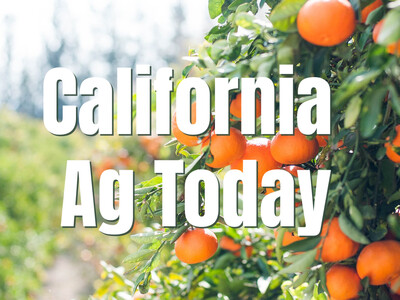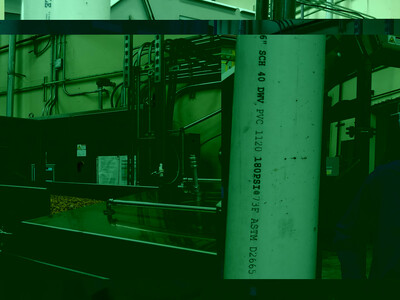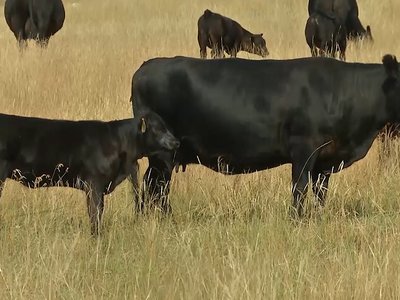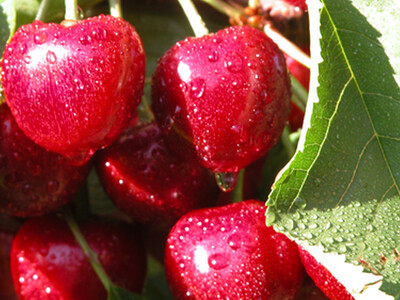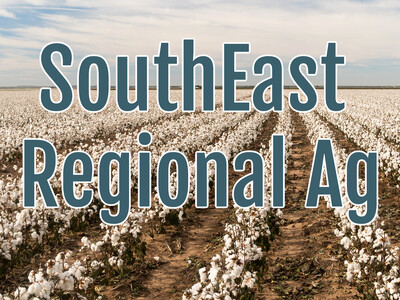Ag's 100 Top Coops & Cellulosic Ethanol Progress
Ag’s 100 Top Coops & Cellulosic Ethanol Progress plus Food Forethought. I’m Greg Martin with today’s Northwest Report.
Back in 2006, then President George W. Bush made this statement.
BUSH: Our goal is to make this new kind of ethanol practical and competitive within 6 years.
He was talking about cellulosic ethanol and 6 years later while there has been some progress in making fuel from something other than corn, it is taking quite a bit longer. USDA’s Under Ag. Secy' Dallas Tonsager says that will it is slow, there is progress.
TONSAGER: There’s no question the recession, the ups and downs we have gone through have impacted on that. But it’s tough. We have to be able to persuade people financially to put money into them so I feel like we’re making real progress. I think there’s real opportunity. It’s probably not going quite as fast as was anticipated.
Four pacific northwest ag coops have been included in the 100 largest coops list. They include Northwest Dairy, Snake River Sugar Company, Tillamook County Creamery and Tree Top. The new report shows near-record revenue of $118 billion in 2010. This was an increase of 4 percent over 2009 figures. Net income for the 100 top agriculture co-ops was also up more than 10 percent in 2010, reaching $2.39 billion, up from $2.16 billion in 2009. USDA's top 100 ag co-op list shows that 23 co-ops had 2010 revenue of more than $1 billion. Another 47 co-ops had revenue between $506 million and $1 billion. The 100th ranked co-op had sales of $276 million.
Now with today’s Food Forethought, here’s Lacy Gray.
Have you ever wondered about all the spoiled produce that stores inevitably have to throw away on a weekly basis? According to the Department of Agriculture it’s a whopping ten percent of supermarkets’ fruits and vegetables that is lost to spoilage every year. That’s an incredible amount of wasted food. An MIT chemistry professor and his students have tackled this disturbing problem and have built a new sensor that could help food distributors and grocers monitor the freshness of their produce. These sensors detect small amounts of ethylene gas, a plant hormone that promotes ripening. With such a means to monitor ripeness, grocers could move produce before it gets too ripe. Currently, only large warehouse facilities can afford to monitor ethylene because the equipment is quite expensive, but the MIT research team built a small sensor that can detect levels of ethylene as low as 0.5 parts per million at a fraction of the cost. In fact, a sensor for a box of produce could be as inexpensive as 25 cents, and the radio frequency ID chip that could communicate with a handheld device displaying ethylene levels would be just 75 cents more.
Thanks Lacy. That’s today’s Northwest Report. I’m Greg Martin on the Ag Information Network.






